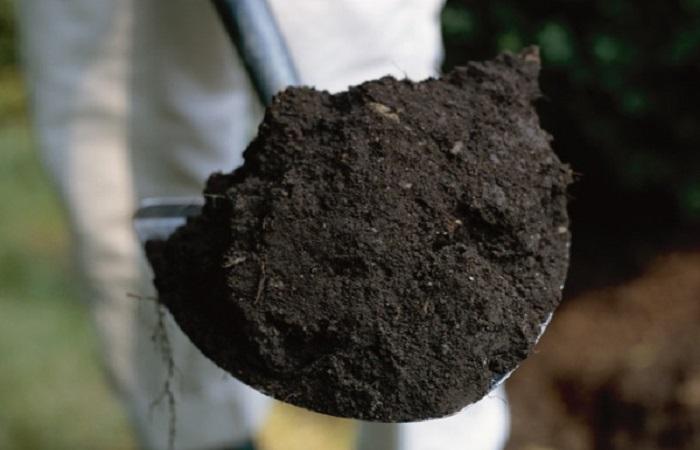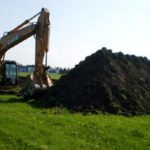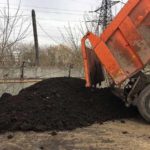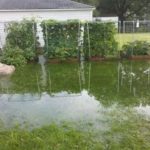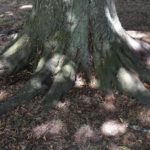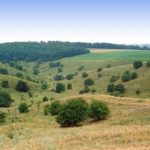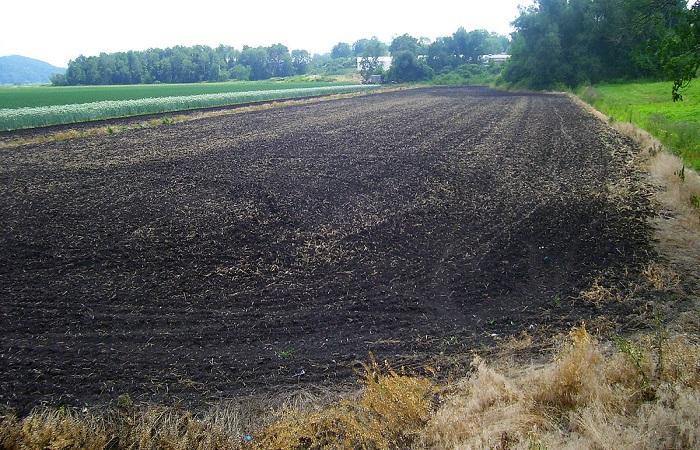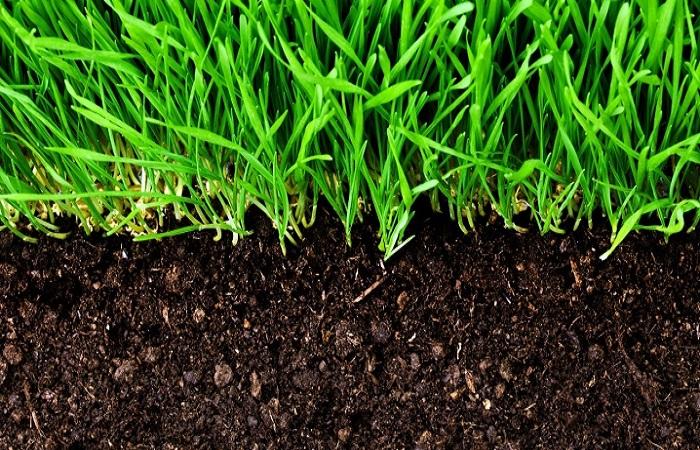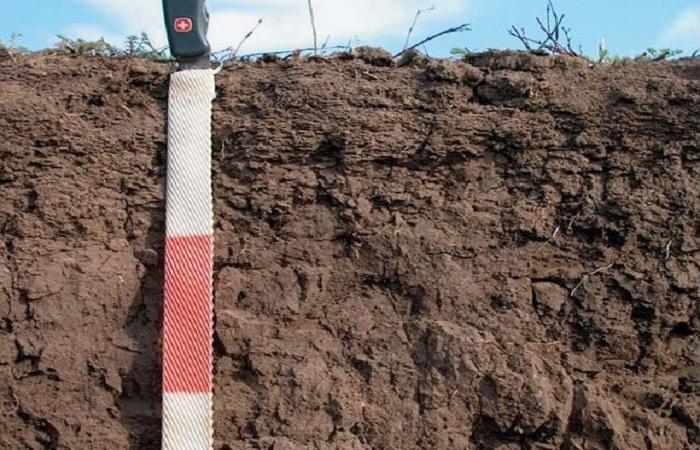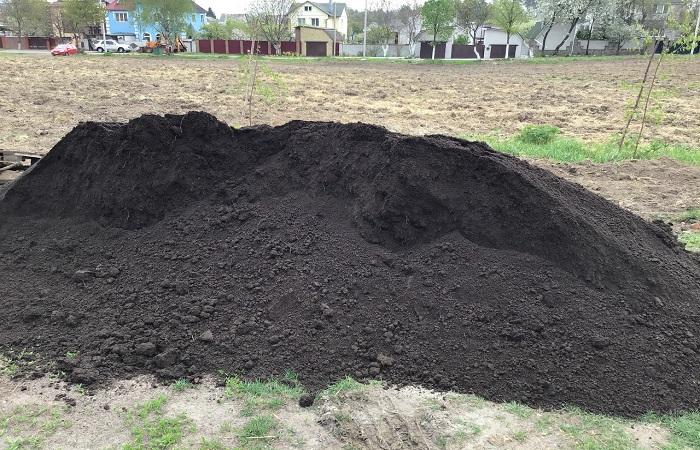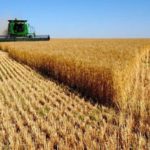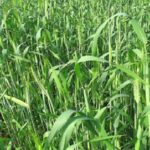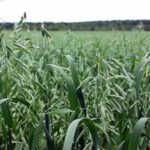Chernozem soils are a special type of soil that contains a lot of humus and is dark in color. It forms on loess-like loams and clays in subboreal and temperate continental climates. This occurs under non-flushing or periodically flushing water regimes under perennial grasses. Chernozems contain 6-9% humus and a lot of calcium. In addition, they have excellent moisture-absorbing and water-retaining properties.
How to distinguish black soil from other soils?
Chernozems are characterized by unique features of the soil profile.They are characterized by a lumpy or granular structure. The lands also differ in their water-air properties. The soil absorption complex contains 70-90% calcium. It is also characterized by a neutral reaction, high natural fertility and pronounced humification.
To distinguish chernozem from other types of soil, you should use the following methods:
- Inspect the appearance. The color of the chernozem should be deep black or brown. Other types of soil may contain impurities of dust, sand, stones, and plants.
- Feel the soil. Real black soil should be heavy. Peat has a loose structure. At the same time, it contains lumps of undecomposed plants.
- Water the ground. If there is time, the soil needs to be wetted. Real black soil will become sticky and slippery, like clay. When dry, it will acquire a hard structure and cracks will appear on the surface.
- Set the ground on fire. Dry soil can be tested using fire. Fertile soil will not burn. This will cause the peat to ignite.
In its origin, fertile soil resembles peat. However, the peat mass has a looser structure. In addition, it is characterized by the presence of plant remains that have not decomposed and the ability to quickly absorb water.
Advantages and disadvantages
The main advantage of chernozem soil is its high degree of fertility. This soil does not require additional cultivation and is suitable for growing any crops. In addition, it allows you to obtain high yields and improve poor soil.
The main features of such soil include the following:
- High humus content. This substance includes many nutrients that plants require. The soil contains large amounts of nitrogen and phosphorus.These substances are very important for the full development of crops. The chemical and physical processes that occur in chernozem lead to the fact that valuable substances from humus are fully absorbed.
- Loose structure. This is due to the high humus content. Thanks to this, the soil is perfectly saturated with oxygen and improves the respiration of the root system of vegetation.
- High nutrient content. The organic components of humus provoke the gluing of mineral fragments of the earth. Therefore, sausages with an oily structure can be formed from chernozem. When sand and clay stick together, fertile soil is formed. Thanks to this, it perfectly retains nutrients and releases them to cultivated plants.
- Heat release. The chemical processes that occur in chernozem are capable of generating heat and warming the soil for the root system of plants. An excellent addition to chemical heating is the attraction of sunlight by the dark color of the black soil. This provides comfort for the root system. Thanks to this, the plants develop well.
The disadvantages of such soil include the following:
- Degradation in the absence of systematic feeding. Nutrients need to be constantly replenished.
- Unsuitable for use in its pure form for flowers and vegetables. They do not have strong roots, which leads to compaction of the earth. Therefore, it is recommended to add sand, peat or compost to the substrate. These substances help loosen the soil.
- Unsuitable for areas with unsuitable climatic conditions. In this case, even with systematic application of fertilizers, chernozem quickly degrades. This is due to the flushing water regime.
Soil formation conditions
Specific conditions are required for the formation of chernozem. These include the following:
- Undulating-flat terrain - it should include river terraces, depressions, and ravines.
- Carbonate source rocks - these include loess and loess-like loams.
- Non-flushing or periodically flushing water regime - in this case, consistent drying and moistening of the soil is observed.
- Dense vegetation with strong roots - their average depth should be 50-100 centimeters. In winter and spring, plants absorb precipitation, and in spring they saturate the soil with moisture. The humus that forms after meadow and steppe vegetation consists of 80% roots. They increase the humus content.
- The participation of microorganisms and invertebrates in the ecosystem - they ensure loosening of the soil and increase its fertility.
- Temperate or temperate continental climate.
- Average moisture evaporation – it should be up to 25%.
- The average annual temperature is +3-70 degrees.
- Average precipitation is 350-550 millimeters.
- The proximity of groundwater helps improve air exchange, stimulate the decomposition process of plants, moisten the soil and saturate it with nutrients. The roots receive moisture and nutrients, penetrate the ground and help improve air exchange in the soil layers, which has a beneficial effect on their structure.
The combined effect of these factors causes the decomposition of plants and the formation of humus, which accumulates in the upper layers of the soil. As a result, a chernozem horizon with unique characteristics is formed. This process continues for hundreds of years. It is worth considering that there are different types of such soils - in particular, meadow-chernozem soils, which are often solonetzic.
Varieties of black soils
Chernozem soils can have different types, each of which has certain characteristics.
Leached
This subtype of chernozems is formed in forest zones - closer to the northern regions. It is formed as a result of the decomposition of cereals and forb-cereal crops. Such lands are characterized by pronounced soil horizons and a content of 6-10% humus in the composition. Leached soil is also high in calcium and magnesium.
Podzolized
Such soil is found in forest areas. It is formed in deciduous grassy forests and has a siliceous structure. Such soil consists of 5-8% humus. Soil acidity parameters are close to neutral.
Typical
This soil is formed in loams, forest-steppe, meadow-steppe zones. Its formation is due to the decomposition of cereals and herbs. The soil contains 8-15% humus.
Southern
Such chernozem is formed in steppe zones. It is formed against the background of the death of fescue and feather grass plants. In the layers of this type of soil there is 4-6% humus.
In what cases is it used?
Chernozem is the most fertile land. That is why it is widely used in economic activities. The soil is characterized by high natural fertility. At the same time, the plowability of the soil is considered to be very high. In some regions it reaches 60-70%.
The main direction of agriculture on such soils is grain. Chernozems are suitable for growing corn, winter and spring wheat. Large areas are allocated for industrial plants - tobacco, sunflower, sugar beets. Meat and dairy farming has received no less development.
Chernozem soils are characterized by a high degree of fertility. They contain a lot of humus and allow you to obtain consistently high yields. At the same time, it is important to systematically add nutrients and protect the land from erosion.

